Frying Oyster Mushrooms: The Ultimate Guide to Crispy, Flavorful Perfection
What Are Oyster Mushrooms?
Oyster mushrooms (Pleurotus ostreatus) are a versatile and delicious fungus recognized by their distinctive fan or oyster-shaped caps, soft texture, and delicate flavor. Growing naturally on fallen trees and decomposing logs, these mushrooms have been cultivated for centuries and now appear in cuisines worldwide. Their broad, shell-like appearance ranges in color from white to gray or tan, with some varieties displaying hints of blue, pink, or yellow.
What makes oyster mushrooms particularly special is their meaty texture combined with subtle flavor notes often described as mild, slightly sweet, and sometimes carrying hints of anise. This unique combination makes them perfect candidates for frying, as they absorb flavors beautifully while maintaining their distinctive texture. Unlike some mushroom varieties that can become slimy when cooked, properly fried oyster mushrooms develop a wonderful crispy exterior while remaining tender inside.
Nutritionally, oyster mushrooms are low in calories yet rich in protein, fiber, vitamins, and minerals. They're also one of the few natural food sources of ergothioneine, a powerful antioxidant. When fried thoughtfully, their nutritional value can be largely preserved while transforming them into a crave-worthy culinary experience.
Why Oyster Mushrooms Are Perfect for Frying
Oyster mushrooms possess several characteristics that make them exceptional candidates for frying:
-
Natural structure: Their fan-like shape creates more surface area for developing crispy edges and golden-brown caramelization.
-
Texture versatility: Oyster mushrooms have a unique ability to become crispy on the outside while maintaining a tender, meaty interior when fried properly.
-
Flavor absorption: Their porous nature allows them to readily absorb oils, seasonings, and marinades, making them flavor chameleons.
-
Size adaptability: Depending on the variety and maturity, oyster mushrooms can be fried whole for dramatic presentation or torn into smaller pieces for even cooking.
-
Moisture content: While oyster mushrooms contain natural moisture, they're not as water-laden as some varieties, allowing them to crisp rather than steam when fried.
-
Structural integrity: Unlike more delicate mushrooms, oyster mushrooms maintain their shape during the frying process rather than shrinking dramatically.
-
Versatile applications: Fried oyster mushrooms can serve as main dishes, sides, sandwich fillings, salad toppers, or even as crispy garnishes.
These qualities have made oyster mushrooms increasingly popular among both professional chefs and home cooks looking to create satisfying plant-based dishes with complex textures and flavors.
Essential Preparation Steps Before Frying
Cleaning Oyster Mushrooms Properly
The first step to perfectly fried oyster mushrooms begins with proper cleaning:
-
Avoid water submersion: Unlike some mushrooms, oyster mushrooms should never be soaked in water, as they quickly absorb moisture like sponges, making it difficult to achieve crispiness when frying.
-
Dry cleaning approach: The preferred method is to use a soft brush, paper towel, or damp cloth to gently remove any visible debris.
-
Minimal moisture technique: If cleaning requires moisture, use a very lightly dampened paper towel to spot clean, then immediately dry with a clean towel.
-
Stem inspection: Check the base of the cluster where the stems connect – this area sometimes harbors debris that needs careful cleaning.
-
Air drying: If any moisture was used in cleaning, allow the mushrooms to air dry for 15-20 minutes before proceeding.
-
Cultivation considerations: Store-bought cultivated oyster mushrooms typically require minimal cleaning compared to wild-harvested ones, which need more thorough inspection.
-
Storage cleanliness: Clean mushrooms just before cooking, not in advance, to prevent moisture accumulation during storage.
Proper cleaning ensures your mushrooms will crisp beautifully rather than steam in excess moisture during the frying process.
Cutting and Preparing Techniques
How you cut oyster mushrooms significantly impacts their frying results:
-
Cluster separation: Most oyster mushrooms grow in interconnected clusters. Gently separate individual mushrooms from the central stem, being careful not to tear the caps.
-
Size consideration: For even cooking, try to create pieces of similar size. Larger oyster mushrooms may need to be torn or cut into smaller portions.
-
Texture optimization: Tearing mushrooms by hand along their natural grain creates more surface area and rough edges that crisp beautifully when fried.
-
Stem evaluation: The stems of oyster mushrooms are edible but can be tougher than the caps. For larger specimens, you may want to trim away the toughest portion of the stem base.
-
Thickness matters: For maximum crispiness, ensure the mushroom pieces are no more than ½-inch thick at their center.
-
Cap direction: When frying larger pieces, placing the cap side down first often yields the best results as this is where you want maximum caramelization.
-
Uniformity principle: Whether cutting, tearing, or leaving whole, aim for pieces that will cook at the same rate to prevent some from burning while others remain undercooked.
These preparation techniques create the foundation for successfully fried oyster mushrooms with ideal texture and flavor development.
Top Methods for Frying Oyster Mushrooms
Classic Pan-Frying Technique
This straightforward method delivers excellent results for everyday cooking:
-
Ingredients needed:
- 8 oz fresh oyster mushrooms, cleaned and separated
- 2-3 tablespoons high heat oil (avocado, grapeseed, or clarified butter)
- Salt and pepper to taste
- Optional: 1 clove minced garlic or 1 teaspoon fresh thyme
-
Equipment:
- Heavy-bottomed skillet or cast iron pan
- Heat-resistant spatula
- Paper towel-lined plate
-
Step-by-step process:
- Heat the pan over medium-high heat until hot but not smoking
- Add oil and swirl to coat the pan surface
- Carefully add mushrooms in a single layer, avoiding overcrowding
- Let mushrooms cook undisturbed for 3-4 minutes until golden brown on the bottom
- Flip and cook another 2-3 minutes until both sides are crispy
- Add seasonings in the final minute of cooking
- Transfer to paper towel-lined plate to remove excess oil
- Serve immediately while hot and crispy
-
Critical success factors:
- Using a truly hot pan to sear rather than steam the mushrooms
- Adequate spacing between pieces to allow moisture to escape
- Patience to allow proper browning before flipping
- Proper oil temperature maintained throughout cooking
This classic technique forms the foundation for most oyster mushroom frying methods and can be easily modified with different seasonings and accompaniments.
Crispy Battered Oyster Mushrooms
For a more indulgent approach, this battered frying method creates a spectacular texture contrast:
-
Ingredients needed:
- 8 oz oyster mushrooms, cleaned and separated into large pieces
- 1 cup all-purpose flour
- 1 teaspoon baking powder
- 1 teaspoon salt
- ½ teaspoon garlic powder
- ¼ teaspoon paprika
- 1 cup cold seltzer water or light beer
- Oil for deep frying (vegetable, peanut, or canola)
-
Equipment:
- Deep heavy-bottomed pot or deep fryer
- Thermometer (if not using a deep fryer)
- Slotted spoon or spider strainer
- Paper towel-lined plate or rack
- Mixing bowls
-
Step-by-step process:
- Heat oil to 350-375°F (175-190°C)
- Whisk together dry ingredients in a bowl
- Gradually add cold seltzer or beer, whisking until just combined (small lumps are okay)
- Dip mushroom pieces into batter, allowing excess to drip off
- Carefully lower into hot oil in small batches
- Fry for 3-4 minutes until golden brown and crispy
- Remove with slotted spoon and drain on paper towels
- Season immediately with salt while hot
- Serve with dipping sauce of choice
-
Critical success factors:
- Maintaining proper oil temperature (too cool = soggy, too hot = burnt exterior/raw interior)
- Using cold liquid for the batter creates a lighter, crispier coating
- Not overmixing the batter, which can develop gluten and create a tough coating
- Frying in small batches to prevent temperature drops in the oil
This method transforms oyster mushrooms into a crowd-pleasing appetizer or side dish that even mushroom skeptics often enjoy.
Breaded Oyster Mushroom Cutlets
This method creates substantial, meaty cutlets perfect as a main dish:
-
Ingredients needed:
- 8 oz large oyster mushrooms (king oysters work particularly well)
- ½ cup all-purpose flour
- 2 eggs, beaten with 1 tablespoon water
- 1 cup panko breadcrumbs
- ½ teaspoon salt
- ¼ teaspoon black pepper
- ½ teaspoon dried herbs (thyme, oregano, or Italian blend)
- ¼ cup oil for frying (olive, avocado, or canola)
-
Equipment:
- Large skillet
- Three shallow dishes for dredging
- Tongs or fork
- Paper towel-lined plate
-
Step-by-step process:
- For large king oysters: cut lengthwise into ½-inch slices
- For regular oysters: leave larger pieces intact for a substantial "cutlet"
- Season flour with salt and pepper in first dish
- Put beaten eggs in second dish
- Mix panko with dried herbs in third dish
- Dredge mushrooms in flour, shaking off excess
- Dip in egg mixture, allowing excess to drip off
- Coat thoroughly in seasoned panko, pressing gently to adhere
- Heat oil in skillet over medium heat until shimmering
- Fry cutlets for 2-3 minutes per side until golden brown
- Drain on paper towels and season immediately
-
Critical success factors:
- Using one hand for dry ingredients and one for wet to prevent breading your fingers
- Ensuring the oil is hot enough (325-350°F/165-175°C) before adding mushrooms
- Not flipping too early—allow the first side to develop a golden crust
- Pressing the panko gently but firmly onto the mushrooms for better adhesion
These cutlets make an excellent vegetarian main dish and can be served with traditional accompaniments like mashed potatoes and gravy or in sandwiches.
Advanced Frying Techniques for Oyster Mushrooms
Tempura-Style Oyster Mushrooms
This Japanese-inspired technique creates an ethereally light, crispy coating:
-
Ingredients needed:
- 8 oz oyster mushrooms, separated into medium-sized pieces
- 1 cup ice-cold water
- 1 large egg yolk, cold
- 1 cup all-purpose flour, sifted and chilled
- Pinch of salt
- Oil for deep frying (neutral oils like canola or rice bran)
- Dipping sauce: 2 tablespoons soy sauce, 2 tablespoons mirin, 1 teaspoon grated ginger
-
The tempura batter technique:
- Keep all ingredients cold—even refrigerating the mixing bowl helps
- Whisk egg yolk and ice water in cold bowl
- Add sifted flour and salt, mixing minimally with chopsticks (lumps are good!)
- Heat oil to 340-350°F (170-175°C)—slightly lower than standard deep frying
- Dip mushrooms in batter just before frying—no resting
- Fry in small batches for 2-3 minutes until barely golden and crisp
- Drain on paper towels or a rack
-
Critical tempura success factors:
- Temperature control is essential—both keeping ingredients cold and maintaining proper oil temperature
- Minimal mixing preserves light texture (overmixing develops gluten)
- Working quickly once batter is mixed
- Using fresh oil with a high smoke point
This technique showcases the delicate flavor of oyster mushrooms with an equally delicate coating.
Korean-Inspired Spicy Fried Oyster Mushrooms
This technique adds bold flavors to create a crave-worthy appetizer or main dish:
-
Ingredients needed:
- 8 oz oyster mushrooms, torn into bite-sized pieces
- ¾ cup potato starch or cornstarch
- ¼ cup all-purpose flour
- ½ teaspoon salt
- ½ teaspoon baking powder
- ½ cup cold water
- Oil for frying
For the sauce:
- 3 tablespoons gochujang (Korean chili paste)
- 2 tablespoons rice vinegar
- 1 tablespoon honey or maple syrup
- 1 tablespoon soy sauce
- 2 cloves garlic, minced
- 1 teaspoon sesame oil
- 1 tablespoon toasted sesame seeds
-
Double-frying technique:
- Mix dry coating ingredients, then add water to form a thin batter
- Heat oil to 350°F (175°C)
- Coat mushrooms in batter and fry in batches for 2 minutes
- Remove and drain on a rack, allowing to rest for 2-3 minutes
- Increase oil temperature to 375°F (190°C)
- Fry mushrooms a second time for 1 minute until extra crispy
- Drain briefly, then toss immediately in prepared sauce
- Garnish with additional sesame seeds and sliced green onions
-
Why double-frying works:
- First fry cooks the mushroom and sets the coating
- Brief rest allows moisture to release from the mushroom
- Second fry at higher temperature creates exceptional crispiness
- The resulting texture stands up to the sauce without becoming soggy
This technique creates an addictive combination of textures and flavors that works beautifully with oyster mushrooms' natural umami.
Common Frying Mistakes and How to Avoid Them
Top Errors That Prevent Crispy Results
Even experienced cooks sometimes encounter these common pitfalls:
-
Overcrowding the pan: When mushrooms are placed too close together, they steam rather than fry, resulting in soggy mushrooms.
- Solution: Work in batches, maintaining at least ½-inch between pieces, even if it takes longer.
-
Starting with wet mushrooms: Excess moisture is the enemy of crispiness.
- Solution: Clean with minimal moisture and thoroughly pat dry; consider air-drying for 15 minutes before cooking.
-
Using too little oil: While you don't need deep oil for pan-frying, a too-thin layer leads to uneven cooking.
- Solution: Use enough oil to coat the pan bottom with a 1/8-inch layer at minimum.
-
Frying at incorrect temperature: Too low, and mushrooms absorb excess oil; too high, and they burn before cooking through.
- Solution: Use medium-high heat for pan-frying (oil should shimmer but not smoke) and maintain precise temperature control for deep-frying.
-
Flipping or stirring too frequently: Constant movement prevents proper browning.
- Solution: Allow mushrooms to develop a golden crust before flipping, which typically takes 3-4 minutes on the first side.
-
Seasoning at the wrong time: Adding salt too early draws out moisture; adding it too late results in bland mushrooms.
- Solution: For pan-fried mushrooms, season during the last minute of cooking; for battered or breaded versions, season immediately after removing from oil.
-
Improper draining: Excess oil can make perfectly fried mushrooms soggy and greasy.
- Solution: Drain on paper towels or a rack, and serve promptly before condensation develops.
Avoiding these common mistakes dramatically improves your results when frying oyster mushrooms.
Creative Flavor Variations for Fried Oyster Mushrooms
Seasoning Profiles from Around the World
Expand your fried oyster mushroom repertoire with these global flavor profiles:
-
Mediterranean Herb:
- Fresh rosemary, thyme, and lemon zest added during the last minute of cooking
- Finish with a squeeze of lemon juice and flaky sea salt
- Serve with aioli or tzatziki for dipping
-
Indian-Inspired:
- Add 1 teaspoon each of garam masala and turmeric to the batter or breading
- Garnish with fresh cilantro and a squeeze of lime
- Serve with mint-yogurt chutney
-
Mexican Street Food:
- Season with chili powder, cumin, and lime zest
- After frying, toss with lime juice and tajin seasoning
- Serve with avocado crema for dipping
-
Japanese Umami:
- Add powdered kombu or dashi to the breading mixture
- Sprinkle with furikake or togarashi after frying
- Serve with ponzu sauce for dipping
-
Southern Comfort:
- Add cayenne, garlic powder, and onion powder to breading
- After frying, dust lightly with barbecue seasoning
- Serve with Alabama white sauce or buttermilk ranch
-
Middle Eastern:
- Add za'atar and sumac to the breading mixture
- Garnish with chopped fresh mint and pomegranate seeds
- Serve with tahini sauce for dipping
These variations transform a simple cooking technique into diverse culinary experiences that showcase oyster mushrooms' versatility.
Serving Suggestions and Pairings
Elevating Fried Oyster Mushrooms to Center Stage
Turn your fried oyster mushrooms into memorable dishes with these serving ideas:
-
Main dish applications:
- Fried oyster mushroom "steaks" served over polenta or mashed potatoes
- Crispy mushroom tacos with pickled red onions and avocado
- Oyster mushroom katsu curry over steamed rice
- Mushroom po'boy sandwiches with remoulade sauce and shredded lettuce
-
Side dish pairings:
- Alongside grilled proteins as a textural contrast
- With creamy risotto or pasta dishes
- As part of a vegetable platter with dipping sauces
- Accompanying grain bowls for added texture and protein
-
Garnish and topping uses:
- Crispy garnish for creamy soups
- Topping for salads instead of croutons
- Crispy element on grain bowls or buddha bowls
- Texture contrast on creamy pasta dishes
-
Dipping sauce recommendations:
- Garlic aioli with lemon
- Spicy sriracha mayonnaise
- Sweet chili sauce
- Herbed yogurt with cucumber
- Tangy barbecue sauce
- Honey-mustard blend
-
Beverage pairings:
- Crisp white wines like Sauvignon Blanc or unoaked Chardonnay
- Light, hoppy beers or wheat beers
- Sake, especially junmai or nigori varieties
- Sparkling water with lemon to cleanse the palate between bites
These serving suggestions help integrate fried oyster mushrooms into a complete dining experience that highlights their unique qualities.
Healthier Alternatives to Traditional Frying
Achieving Crispy Texture with Less Oil
These alternative methods deliver satisfying results with health-conscious modifications:
-
Air fryer technique:
- Toss torn oyster mushrooms with 1 tablespoon oil, salt, and desired seasonings
- Arrange in air fryer basket without overcrowding
- Cook at 380°F (193°C) for 7-9 minutes, shaking halfway through
- For breaded versions, spray with oil after breading to help achieve golden color
- Works best with smaller pieces rather than large clusters
-
Oven "frying" method:
- Preheat oven to 425°F (220°C) with a heavy baking sheet inside
- Toss mushrooms with 1-2 tablespoons oil and seasonings
- Spread on preheated baking sheet in a single layer
- Roast for 15-20 minutes, flipping halfway through, until edges are crispy and golden
- For breaded versions, place on a wire rack over a baking sheet for better air circulation
-
Combination methods:
- Quick pan-sear followed by oven finishing
- Par-cooking in microwave to release moisture, then finishing with brief high-heat frying
- Using minimal oil in a non-stick pan with a splatter guard as a loose cover to create steam-and-sear effect
-
Coating alternatives:
- Using egg white instead of whole egg in breading process
- Substituting almond flour or chickpea flour for all-purpose flour
- Using crushed nuts or seeds instead of breadcrumbs
- Incorporating nutritional yeast into coatings for added flavor without additional fat
These methods can reduce oil usage by 50-75% while still creating satisfyingly crispy results that highlight oyster mushrooms' natural texture and flavor.
Frequently Asked Questions About Frying Oyster Mushrooms
Expert Answers to Common Queries
These practical answers address the most common questions about frying oyster mushrooms:
-
Can I fry frozen oyster mushrooms? While fresh is always preferable, you can fry previously frozen oyster mushrooms with these adjustments:
- Thaw completely in the refrigerator
- Pat thoroughly dry with paper towels
- Expect to add 1-2 minutes to cooking time
- Consider using breading or batter to compensate for textural changes
-
How do I know when the oil is the right temperature without a thermometer? Use these visual cues:
- For pan-frying: Oil should shimmer but not smoke; a small piece of bread should sizzle immediately and turn golden in about 30 seconds
- For deep-frying: A drop of batter should rise to the surface surrounded by bubbles within 1-2 seconds, neither sinking nor immediately browning
-
Why did my mushrooms turn out soggy despite following instructions? The most common causes:
- Mushrooms were too wet before frying
- Pan or oil wasn't hot enough
- Overcrowding the cooking vessel
- Using mushrooms that were past their prime and already releasing moisture
-
Are some varieties of oyster mushrooms better for frying than others? Yes, with these distinctions:
- King oysters (Pleurotus eryngii) have the meatiest texture and work exceptionally well for cutlets
- Pearl oysters (Pleurotus ostreatus) are the most widely available and versatile
- Pink oysters (Pleurotus djamor) have a shorter shelf life but develop wonderful flavor when fried
- Yellow oysters (Pleurotus citrinopileatus) are more delicate and require gentler cooking
-
Can I reuse oil after frying mushrooms? Yes, with these guidelines:
- Strain through a fine-mesh strainer lined with cheesecloth
- Store in a cool, dark place in a sealed container
- Only reuse 2-3 times maximum
- Discard if it smells off or has darkened significantly
-
How long do fried oyster mushrooms stay crispy? Optimal crispiness is short-lived:
- Serve immediately for best texture
- Will remain acceptably crispy for 15-20 minutes at room temperature
- Can be recrisped in a 350°F (175°C) oven for 3-5 minutes
- Avoid covering while hot, as condensation causes sogginess
-
What's the best way to store and reheat leftover fried mushrooms? Follow these steps:
- Cool completely before refrigerating
- Store in a container lined with paper towels
- Refrigerate for up to 2 days
- Reheat in a 375°F (190°C) oven for 5-7 minutes or in an air fryer at 350°F (175°C) for 3-4 minutes
- Avoid microwave reheating, which makes them soggy
These expert tips help troubleshoot common issues and optimize your fried oyster mushroom experience.
Conclusion: Mastering the Art of Fried Oyster Mushrooms
Frying oyster mushrooms is both an accessible cooking technique and an art form that rewards attention to detail. From the selection of fresh, high-quality mushrooms to the final seasoning touches, each step contributes to creating a dish that showcases their unique texture and subtle flavor.
Whether you prefer the simplicity of a classic pan-fry with just salt and pepper, the indulgence of a crispy battered exterior, or the nuanced approach of international flavor profiles, oyster mushrooms provide an exceptional canvas for culinary creativity. Their natural structure creates the perfect combination of crispy edges and tender interiors when properly fried.
By understanding the fundamental principles—proper cleaning and preparation, temperature control, spacing, and timing—you can consistently achieve restaurant-quality results at home. And with the healthier alternatives provided, you can enjoy this preparation method as part of a balanced approach to eating well.
As you experiment with different techniques and flavors, you'll discover that fried oyster mushrooms can easily transition from a simple side dish to the star of the meal. Their meaty texture and ability to absorb flavors make them a favorite among omnivores and plant-based eaters alike, proving that sometimes the most impressive dishes come from the humblest ingredients.

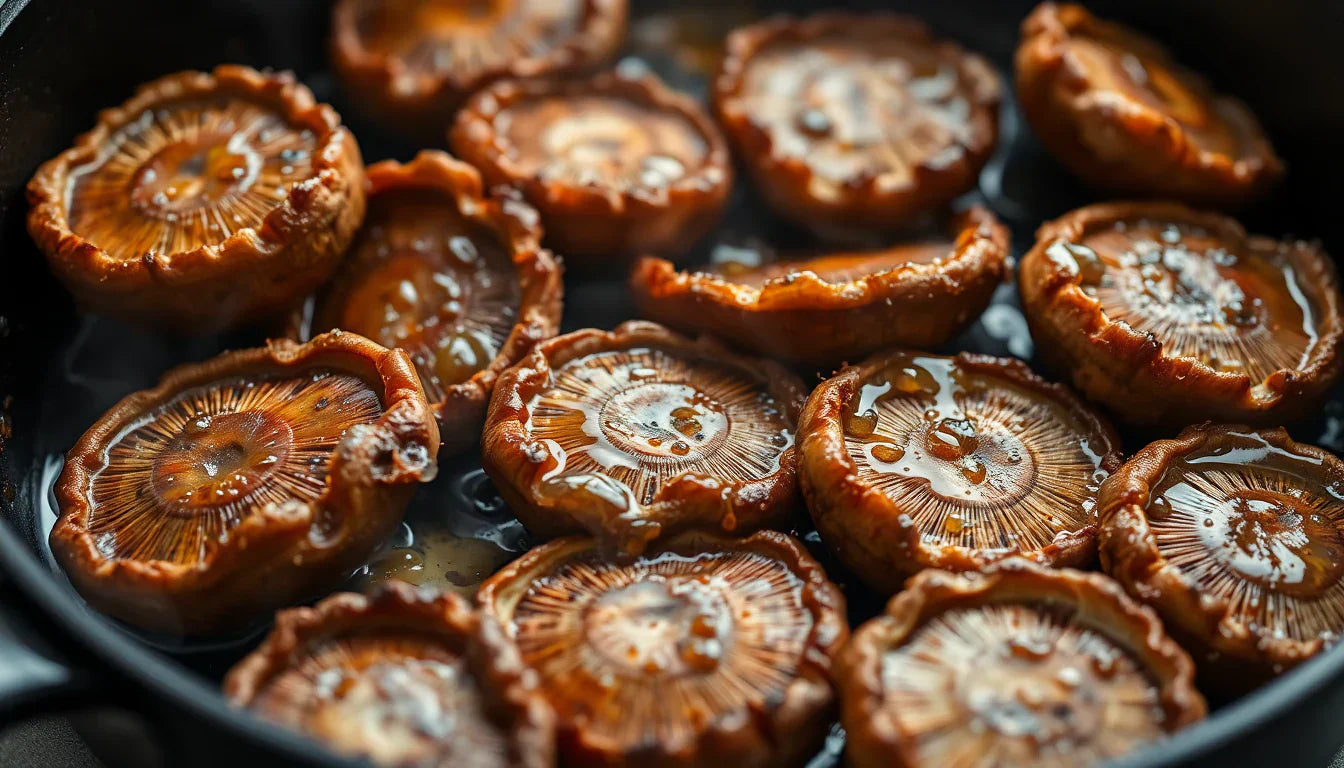
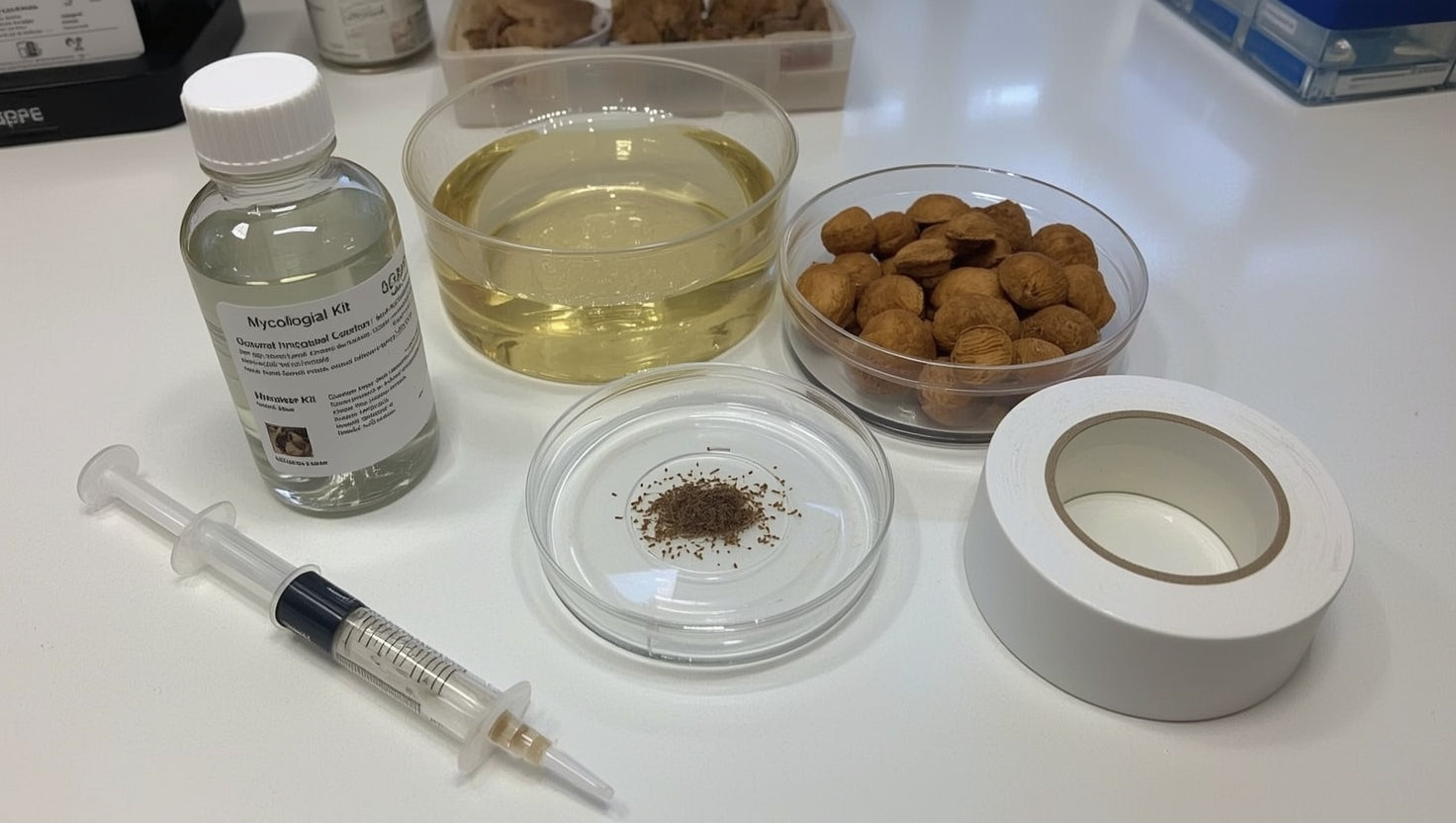
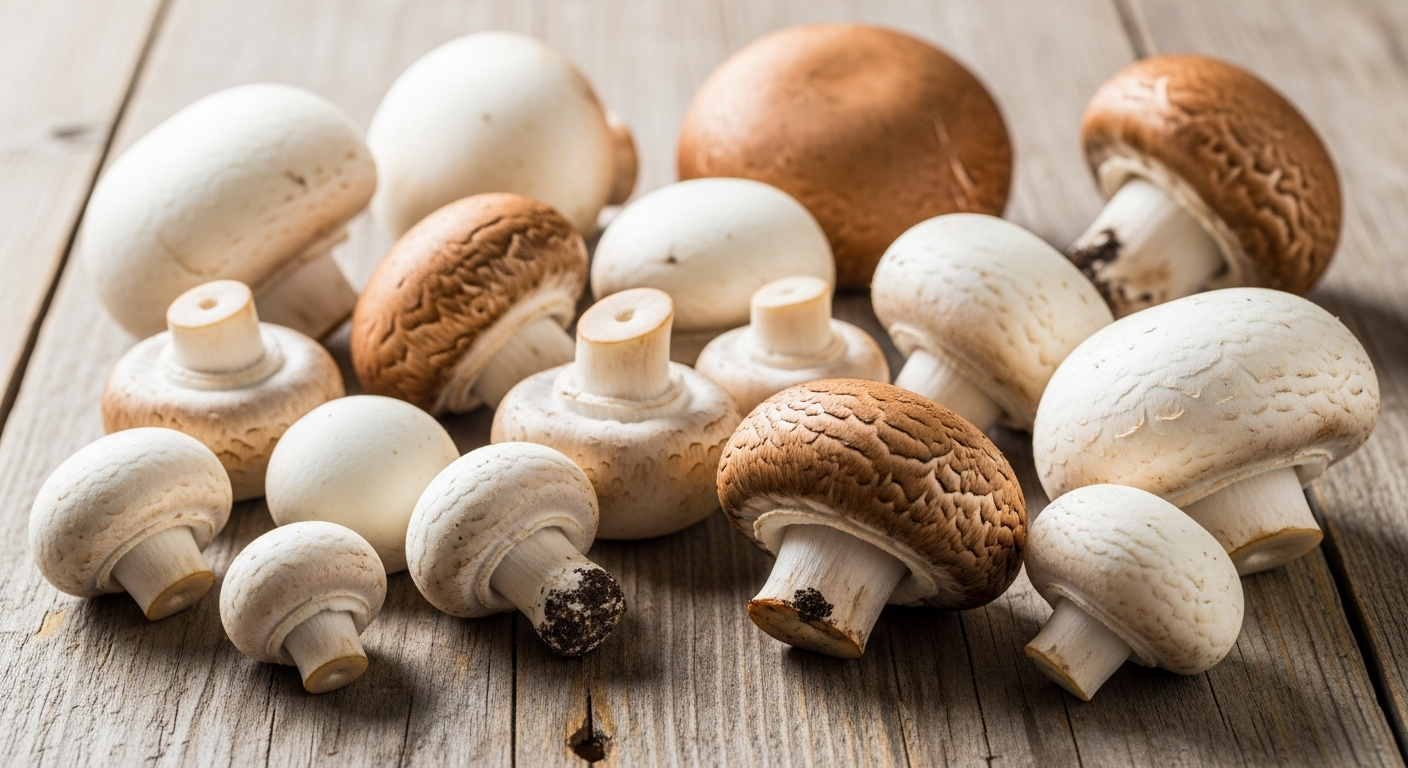
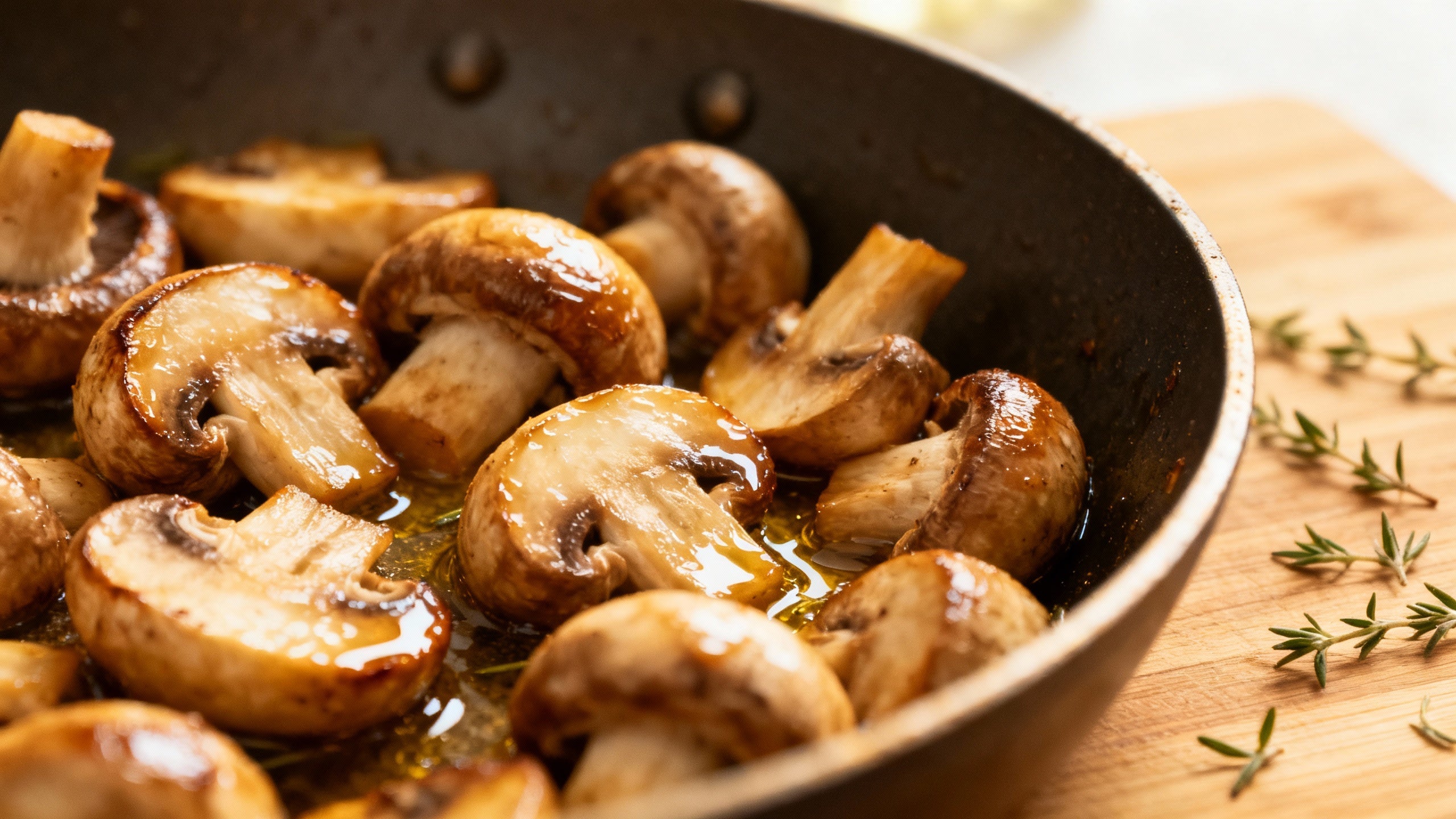
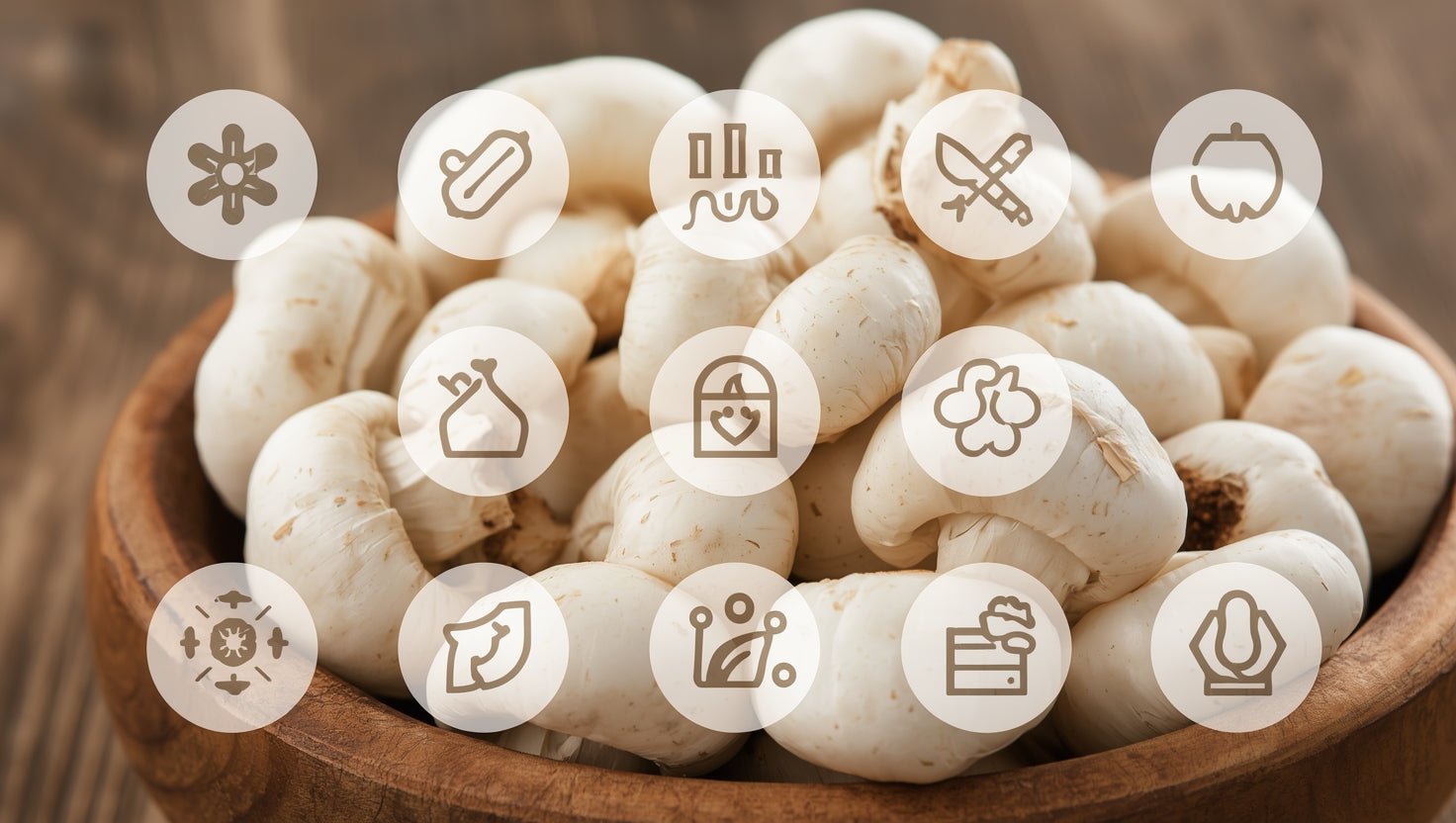
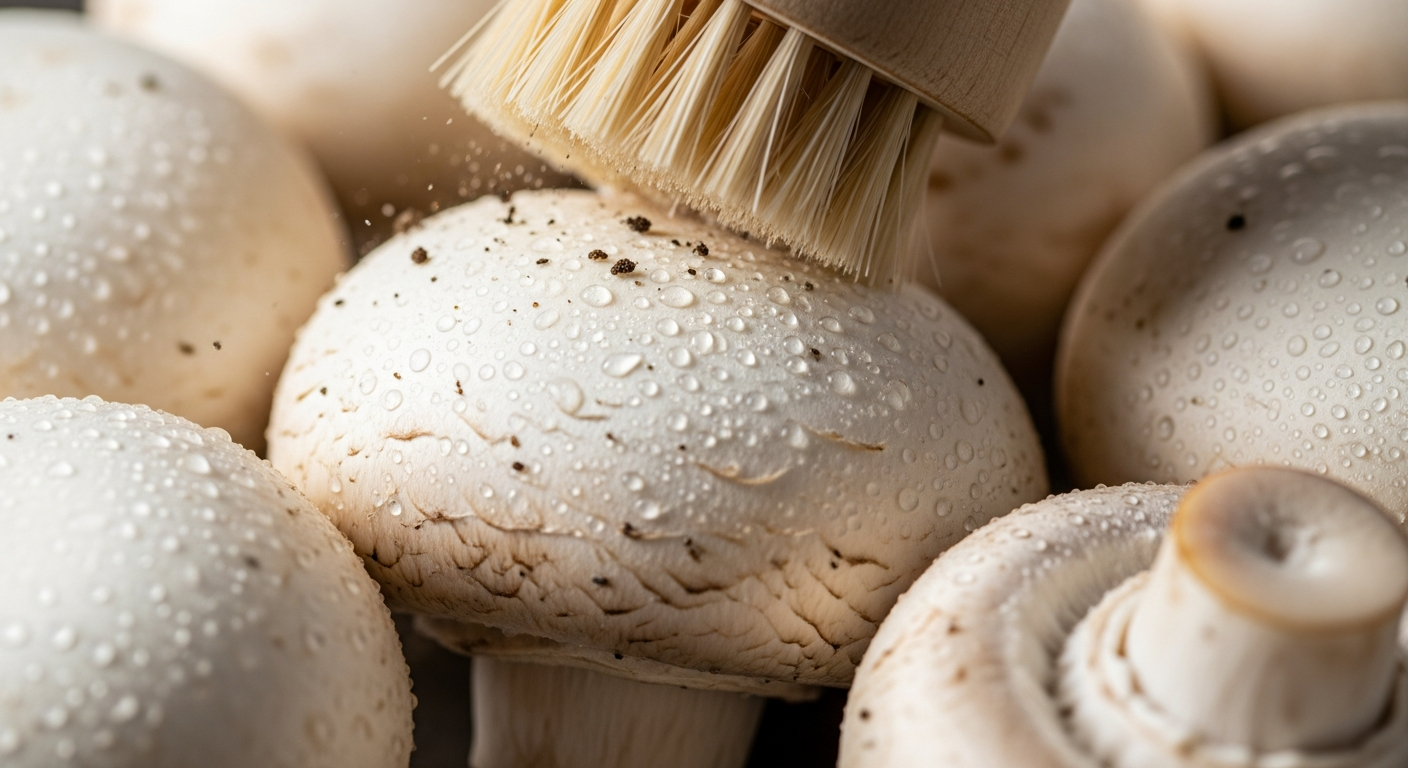
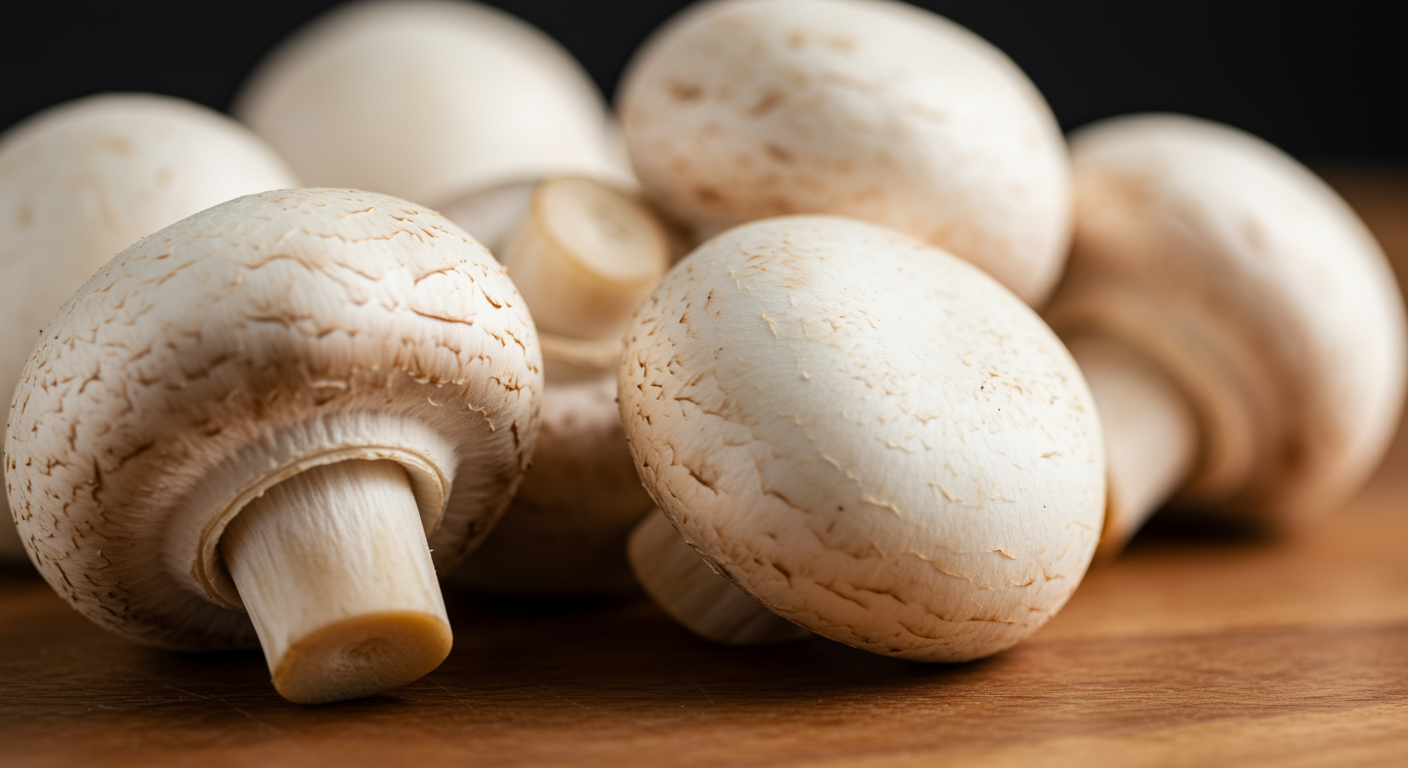
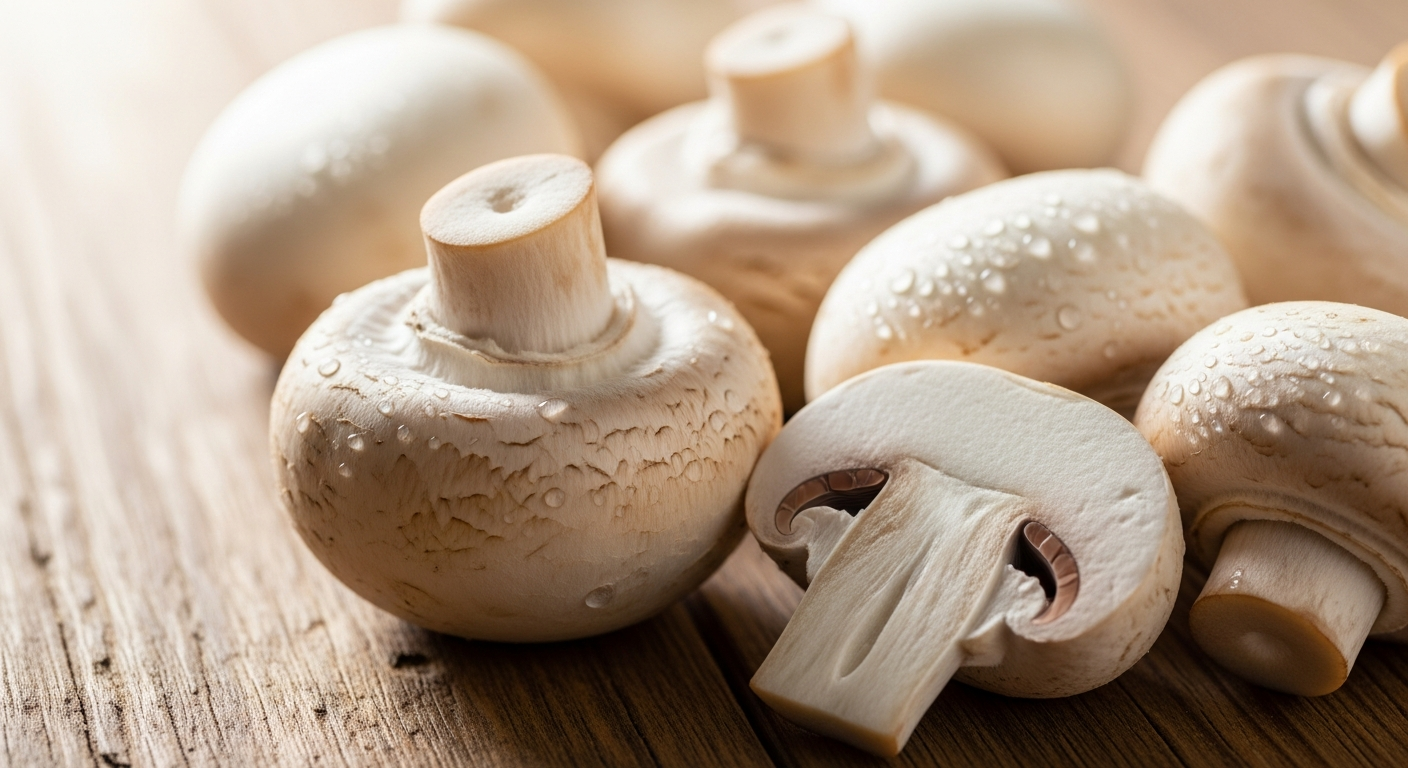
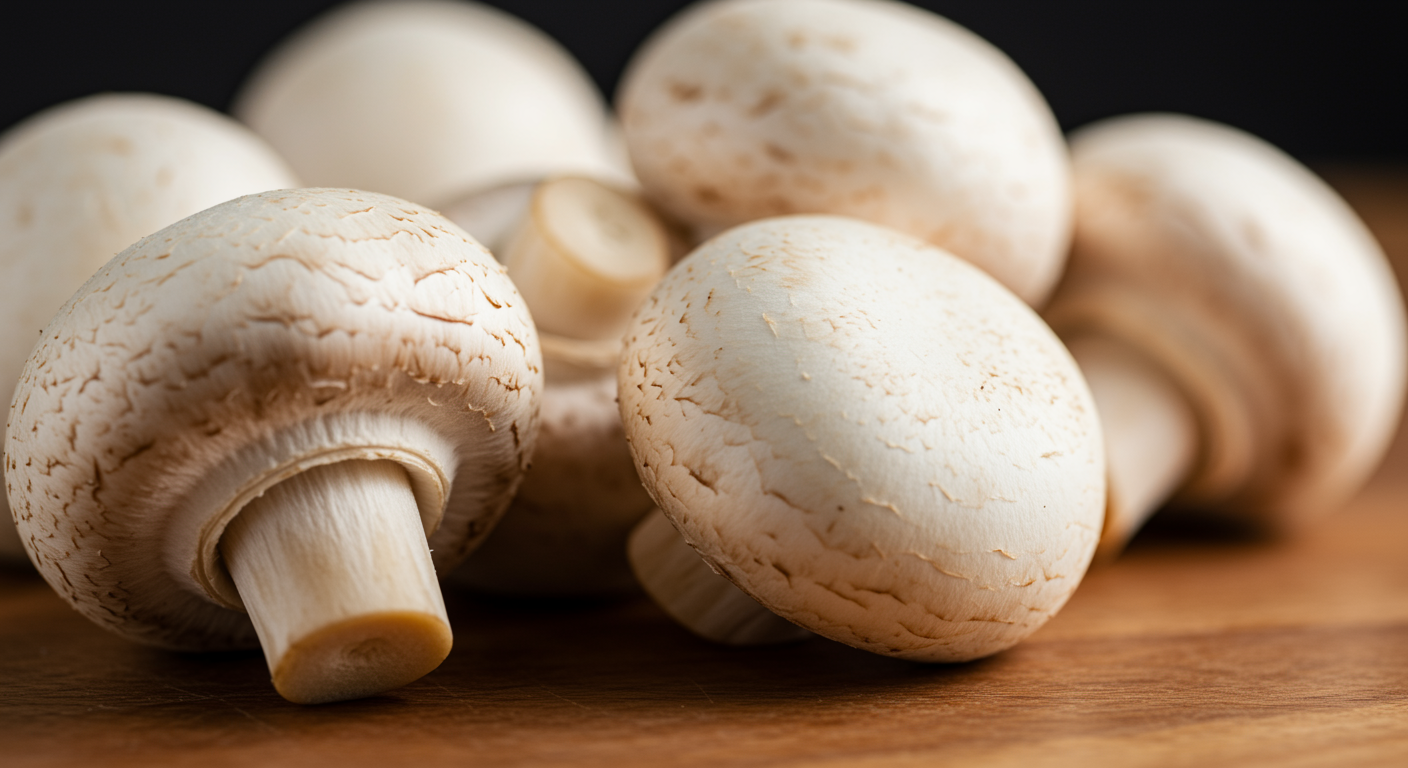
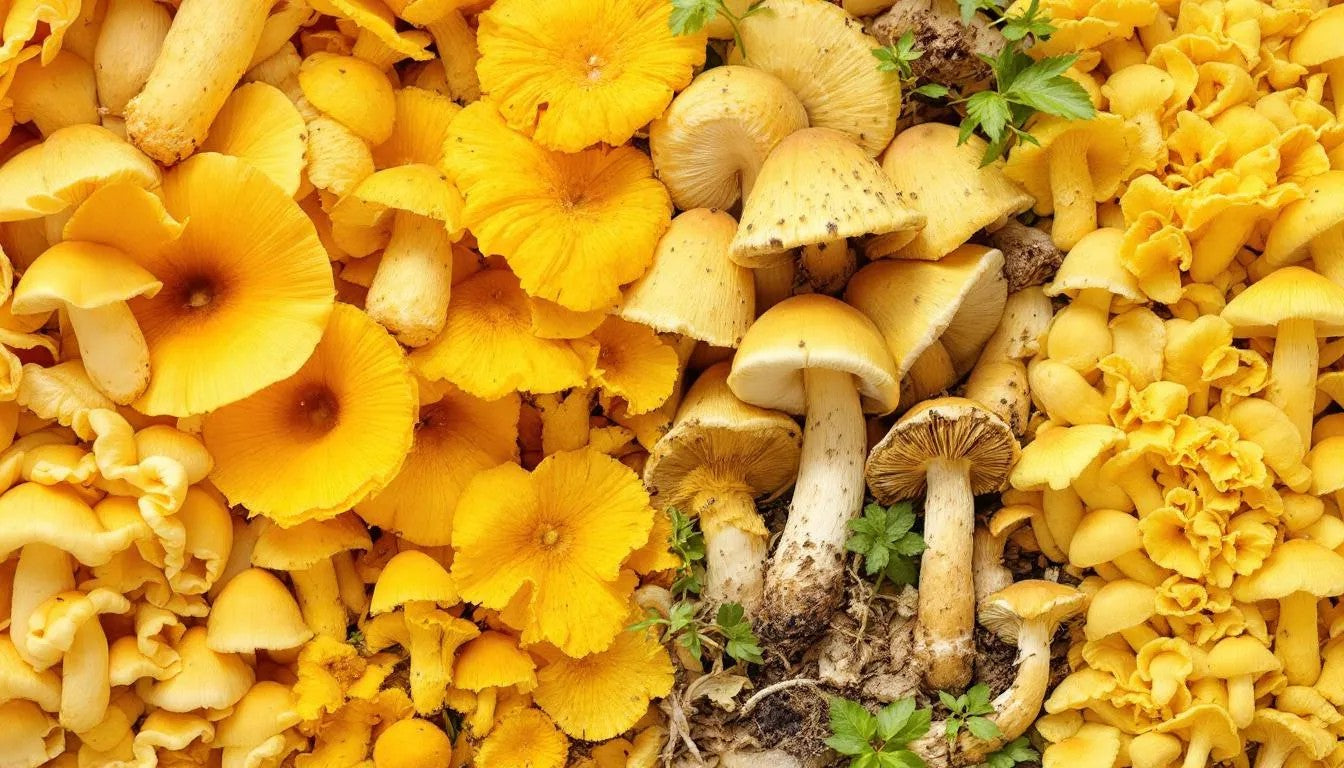

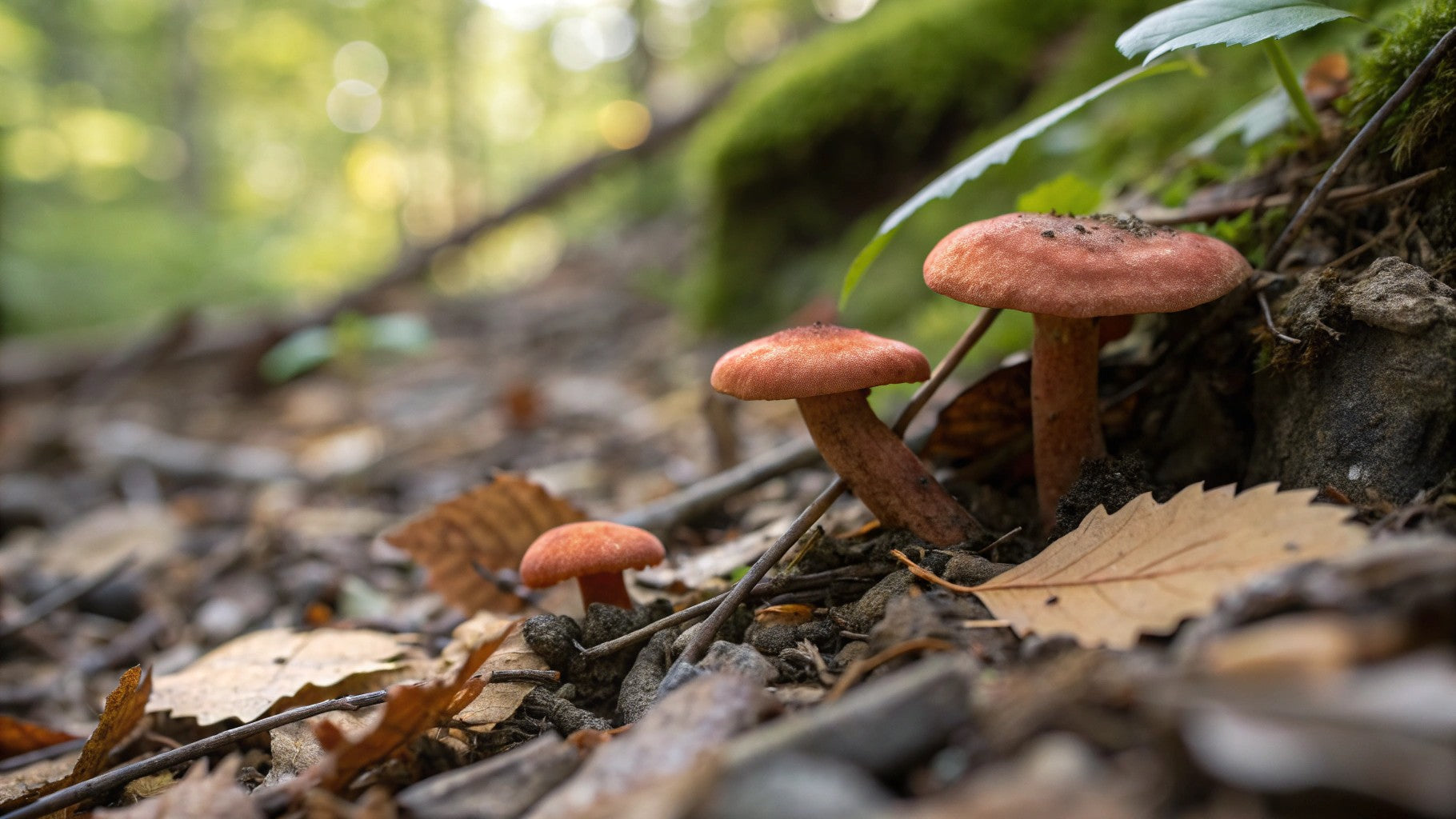
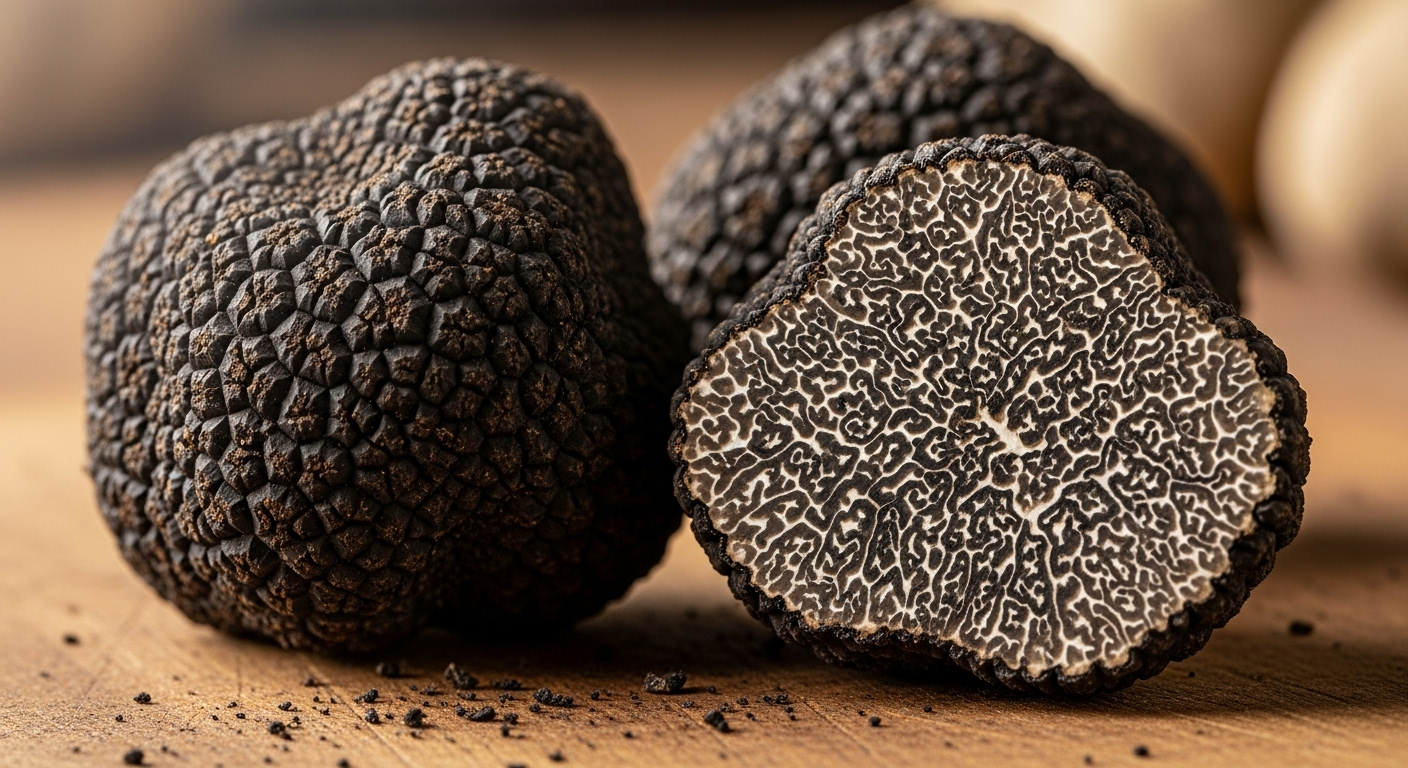
Share:
Oyster Mushrooms Recipe: The Ultimate Guide to Cooking with These Versatile Fungi
Lobster Mushroom: The Ultimate Guide to Nature's Seafood Impostor